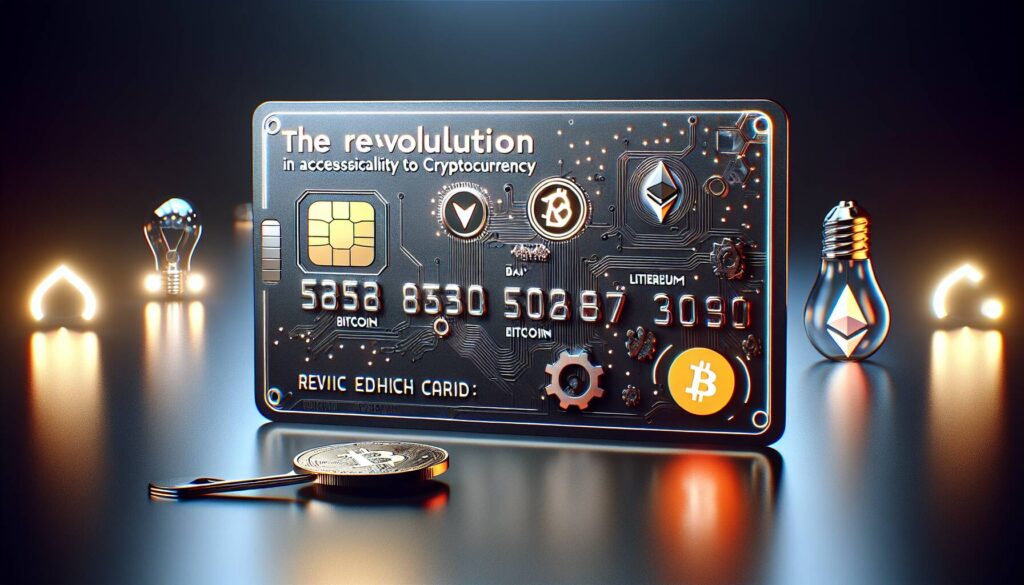In an exciting development for the Ethereum community, developers have initiated the second test of the much-anticipated Fusaka upgrade on the Sepolia network early Tuesday morning. This test follows a successful initial rollout on the Holesky testnet just two weeks prior, marking a significant progression towards the upgrade’s debut on Ethereum’s main blockchain.
The Fusaka upgrade, arriving just a few months after the notable Pectra upgrade, aims to streamline costs for institutions utilizing the Ethereum network. One of its standout features, PeerDAS, empowers validators to verify only segments of data rather than complete “blobs.” This innovation is expected to significantly lessen bandwidth requirements, leading to cost reductions for both layer-2 networks and validators alike.
Testnets such as Sepolia play an essential role in Ethereum’s ongoing evolution, providing developers with a reliable platform to rigorously evaluate upgrades in real-world situations prior to their launch on the main network. Meanwhile, the Holesky testnet is showing signs of age and is likely to be phased out soon, making way for its successor, Hoodi. Launched earlier this year, Hoodi is intended to closely mimic Ethereum’s mainnet and is set to host the final test on October 28, which promises to offer crucial insights into Fusaka’s performance once it goes live.
Read more: Ethereum to Close Its Largest Testnet, Holesky, After Fusaka Upgrade

Ethereum Fusaka Upgrade Progress
The recent developments surrounding the Fusaka upgrade on the Ethereum network could have significant implications for users and institutions relying on Ethereum’s blockchain technology.
- Launch of Second Test on Sepolia:
- Developers initiated the second test of the Fusaka upgrade on the Sepolia network.
- This is part of the pathway toward a mainnet activation of the upgrade.
- Successful Holesky Testnet Rollout:
- A previous successful test on the Holesky testnet indicates positive progress toward the upgrade.
- Upcoming Final Rehearsal on Hoodi:
- Final preparations for Fusaka include a test on the Hoodi network scheduled for October 28.
- The Hoodi test is anticipated to provide insights into the upgrade’s effectiveness on the main network.
- Cost Reduction for Institutions:
- Fusaka aims to lower operational costs for institutions using the Ethereum network.
- This could lead to increased adoption and utilization of Ethereum for various applications.
- PeerDAS Feature:
- This feature enables validators to validate only parts of data, alleviating bandwidth demands.
- Cost savings could benefit layer-2 networks and validators significantly.
- Importance of Testnets:
- Testnets like Sepolia are vital for Ethereum’s development by allowing real-world testing prior to mainnet deployment.
- The imminent deprecation of Holesky emphasizes the need for reliable test environments, where Hoodi is positioned as a successor.
Ethereum’s Fusaka Upgrade: A Competitive Leap Forward
The recent launch of the Fusaka upgrade’s second test on the Sepolia network marks a significant milestone in Ethereum’s ongoing evolution. This upgrade, which follows a successful initial rollout on the Holesky testnet, is engineered to enhance transactional efficiency and cost-effectiveness for institutional users. One of Fusaka’s standout features, PeerDAS, permits validators to process smaller segments of data, consequently optimizing bandwidth use and minimizing operational costs for both layer-2 networks and validators.
In comparison to recent updates from competing blockchain networks, Fusaka presents distinct advantages. For instance, Solana has been garnering attention for its high throughput and low transaction fees. However, unlike Solana’s architecture, which has faced criticism for centralization issues, Ethereum’s move with Fusaka emphasizes decentralization while addressing cost efficiency. This strategic shift could position Ethereum favorably among institutional investors seeking reliability alongside cost reduction.
Nevertheless, the Fusaka upgrade does not come without potential drawbacks. The legacy of the aging Holesky testnet raises concerns about the longevity and resilience of test environments available for future upgrades. If the new Hoodi testnet does not sufficiently match the operational dynamics of Ethereum’s mainnet, it may hinder developers’ confidence in the testing phase. Furthermore, the competitiveness in the blockchain landscape means that Ethereum must remain vigilant against rising rivals who could capture the market share in areas of institutional adoption.
This development will likely benefit sectors within finance and tech that prioritize effective cost management without sacrificing security and decentralization. Conversely, it may create challenges for smaller layer-1 networks that struggle to keep pace with the innovations coming from Ethereum, particularly if these networks are unable to provide similar efficiencies and functionalities.














